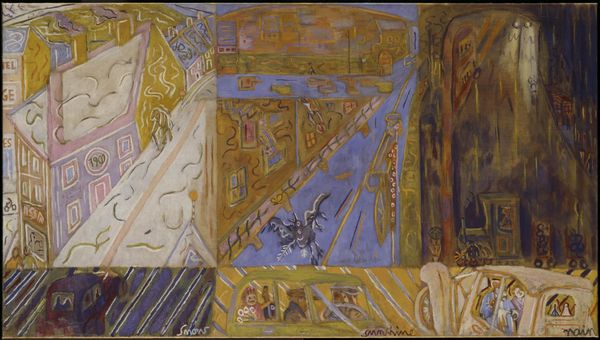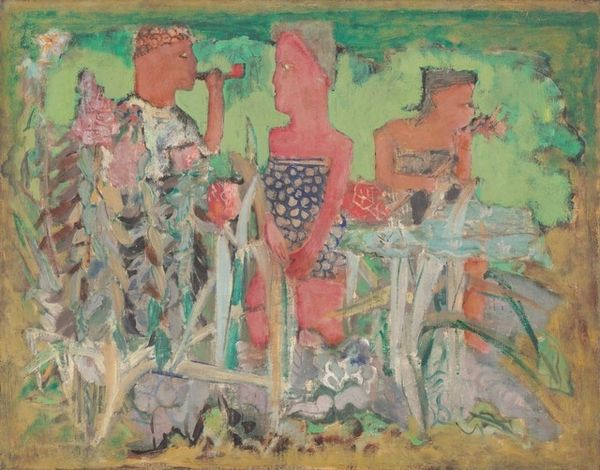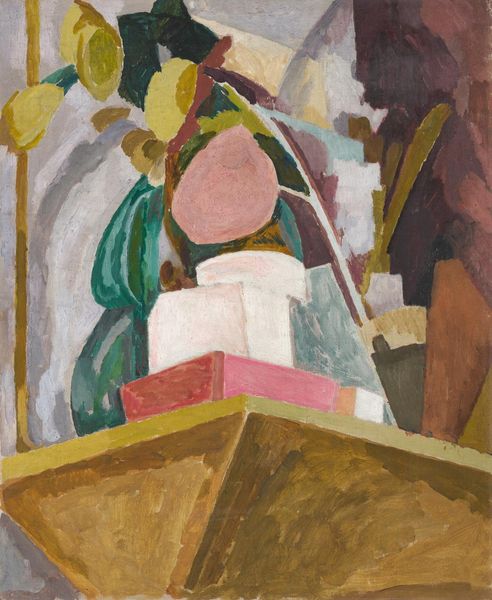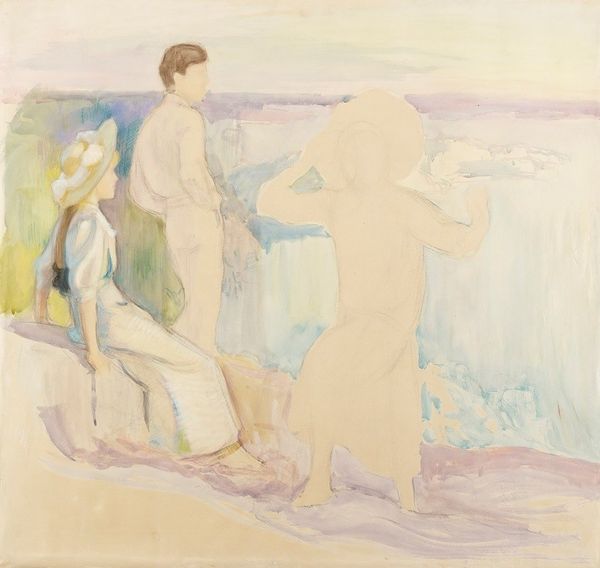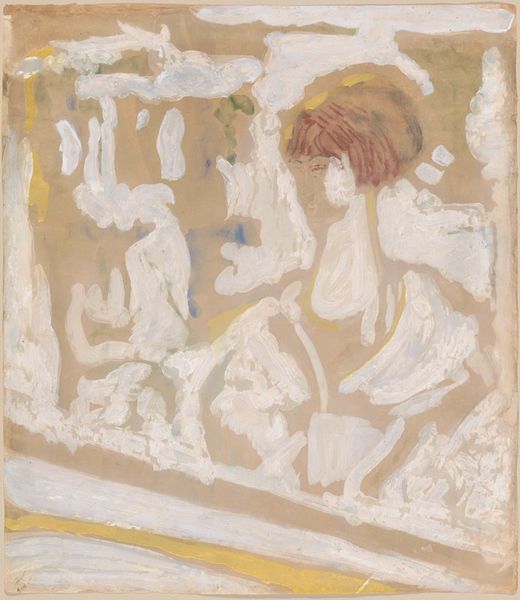
Copyright: Public Domain: Artvee
Maurice Denis painted "Noli me tangere," which means "touch me not" in Latin, in the late 19th or early 20th century. Denis was deeply religious and a member of the Nabis, a group of Post-Impressionist avant-garde artists who saw themselves as mystics, whose work embraced symbolism and spirituality. In this scene, Mary Magdalene reaches out to the resurrected Christ, but he recoils. This moment is fraught with complex emotions and gendered expectations. The encounter highlights the changing roles and power dynamics between women and religious figures in a patriarchal society. Denis's treatment of this biblical scene invites us to consider the historical and cultural interpretations of women's roles in religious narratives. The use of soft colors and gentle lines evokes a sense of divine mystery and spiritual longing. The phrase "Noli me tangere" resonates beyond the canvas, asking us to contemplate the boundaries we set, both physical and emotional, in our relationships with the divine and each other.
